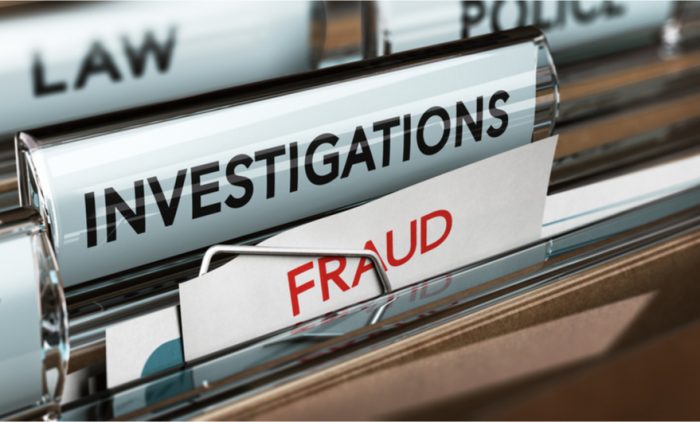As of last week, the UK government has hit a 25-year high for long-term borrowing costs. This comes as investor experts exercise caution when borrowing packages with high interest rates. Not only have rising bond yields set government borrowing back, but moves to increase all interest rates since Liz Truss’s Conservative leadership has ensured that interest rates on government borrowing are at an all-time high.
UK Research and development works amidst government borrowing

Despite this, HM Revenue and Customs data from September of this year presents a promising increase in UK R&D expenditure (Research & Development). After a dip caused by the Covid-19 pandemic, R&D expenditure for 2021-2022 totalled £44.1bn – a hefty and welcomed sum that has worked against interest hikes and ever-increasing inflation rates.
Don’t miss out the latest news, subscribe to LeapRate’s newsletter
Currently, the R&D scheme works separately for smaller and larger businesses; however, this method has recently combined and rebalanced the support given to smaller and larger businesses. The rebalancing (Autumn 2022) suggested that a single R&D scheme could be implemented as soon as April 2024. However, this rapid timescale raises concerns over the amount of preparation time each business owner now has.
Since the scheme’s inception in 2000, approximately 16.7% of all R&D tax claims have been fraudulent, totalling a staggering £1.3bn loss due to human error and fraudulent claims. Not only does the government and taxpayer lose out on earnings, but businesses and investors conducting authoritative, legitimate research also face additional administration when applying for R&D claims.